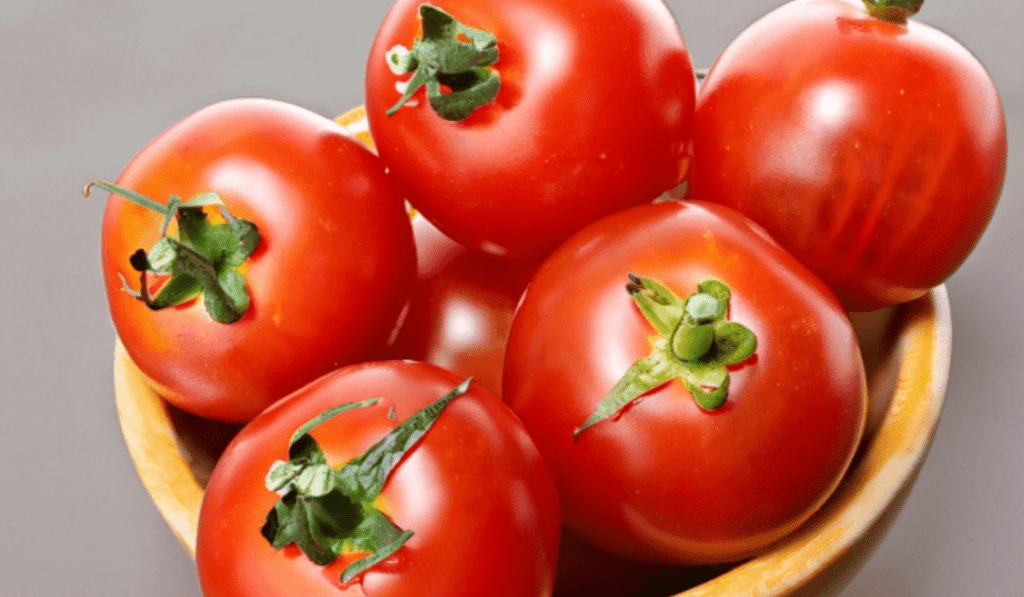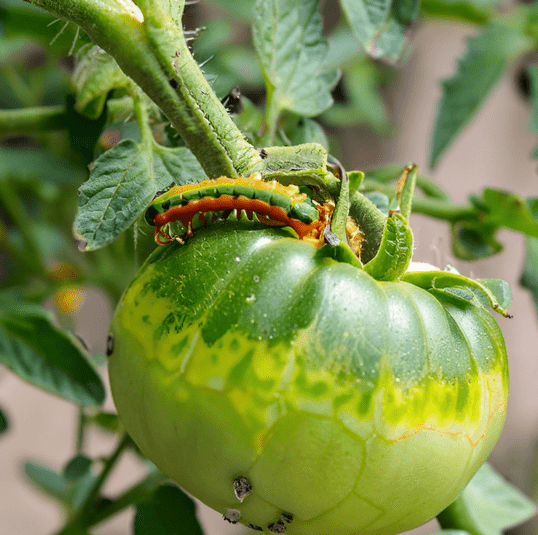Learn How To Plant Roma Tomatoes. Are you ready to grow juicy Roma tomatoes in your garden? Cultivating and nurturing these delicious fruits can be a delightful experience. In this guide, we’ll take you through the process of planting Roma tomato plants, from selecting the perfect spot to ensuring proper care and maintenance. Whether you’re an experienced gardener or just starting, our step-by-step instructions will guide you towards a successful harvest.
Information About Roma Tomatoes
Roma tomatoes, also known as plum tomatoes, are prized for their firm texture and rich flavor, making them a popular choice for home gardeners. These tomatoes are versatile and well-suited for various culinary uses, such as sauces, pastes, and salads. Let’s explore key features of Roma tomatoes:
Appearance:
Roma tomatoes are distinct with their elongated shape and vibrant red color. Their meaty texture and fewer seeds make them perfect for sauces and canning.
Taste:
When it comes to taste, Roma tomatoes offer a robust and tangy flavor, enhancing the dishes they’re used in. Their dense flesh adds a savory depth to sauces and other recipes.
Culinary Uses:
Roma tomatoes are ideal for making sauces, salsa, and tomato paste. They can be sliced for salads or used in sandwiches, adding a burst of flavor to your favorite meals.
Ripening Season:
Roma tomatoes typically ripen in mid to late summer, providing a bountiful harvest for your culinary creations.
Pollination:
While Roma tomatoes can self-pollinate, planting multiple tomato plants can enhance pollination and increase fruit production.
Plant Description:
Roma tomato plants are compact and well-suited for smaller gardens or container growing. They feature dark green foliage and produce clusters of elongated tomatoes.
9 Step-by-Step Planting Guide – Roma Tomatoes
Step 1. Select the Ideal Spot:
Choose a sunny location with well-draining soil. Roma tomatoes thrive with at least 6-8 hours of sunlight daily.
Step 2. Consider Pollination:
Planting multiple tomato plants can improve pollination and boost fruit set.
Step 3. Check Soil pH:
Aim for a slightly acidic to neutral pH level between 6.0 and 7.0. Test the soil and make necessary adjustments.
Step 4. Boost Soil Fertility:
Prior to planting, enrich the soil with organic matter like compost for nutrient-rich soil.
Step 5. Dig the Planting Hole:
Dig a hole that accommodates the plant’s root ball, approximately 2 feet wide and 1 foot deep.
Step 6. Plant the Tomato:
Gently place the Roma tomato plant in the hole, ensuring the top of the root ball is just above the soil surface.
Step 7. Backfill with Soil:
Fill the hole with soil, gently firming it around the roots to remove air pockets while allowing for proper root growth.
Step 8. Thorough Watering:
After planting, provide deep watering to settle the soil and maintain adequate moisture.
Step 9. Mulch Application:
Apply a 2-4 inch layer of organic mulch around the plant to conserve moisture, suppress weeds, and regulate soil temperature.
Roma Tomato Plant Care and Maintenance
- Watering: Keep the soil consistently moist, especially during the initial years.
- Fertilizing: Apply a balanced fertilizer in early spring for healthy growth.
- Pruning: Prune to remove dead or unnecessary branches, promoting an open canopy.
- Protection against Pests and Diseases: Monitor for common tomato plant pests and diseases, taking appropriate measures for protection.
Roma Tomato Harvesting and Storage
When to Harvest:
- Color: Roma tomatoes should have a deep red color when ripe.
- Texture: Gently squeeze; ripe tomatoes will yield slightly to pressure.
- Taste: Sample a small portion to confirm the rich and tangy flavor.
Harvesting Techniques:
- Twist tomatoes gently to detach them from the plant.
- Use pruning shears to cut stems close to branches, avoiding damage to surrounding fruit.
Storage Tips:
- Remove damaged or overripe tomatoes to prevent spoilage.
- Store in a cool, dry place with temperatures around 50°F (10°C) or in the refrigerator.
- Use proper storage containers or plastic wrap to prevent browning.
Conclusion
Growing and caring for Roma tomato plants can be a rewarding journey for any gardener. With the right location, attention, and care, you’ll enjoy a plentiful harvest of flavorful tomatoes. Ensure consistent care throughout the year, and your Roma tomato plants will provide you with delicious fruits for years to come..
When is the best time to plant Roma tomato plants?
The ideal time to plant Roma tomatoes is in late spring when the risk of frost has passed.
How much space do Roma tomato plants require?
Provide at least 2 feet of spacing between Roma tomato plants for proper growth.
Can I grow Roma tomato plants in containers or pots?
While possible, it’s recommended to plant Roma tomato plants in the ground for optimal development.
How long does it take for Roma tomato plants to bear fruit?
Roma tomato plants typically start producing fruit within 70 to 85 days after planting.
Is cross-pollination necessary for Roma tomato plants?
While they can self-pollinate, planting multiple tomato plants can enhance fruit production and yield.



